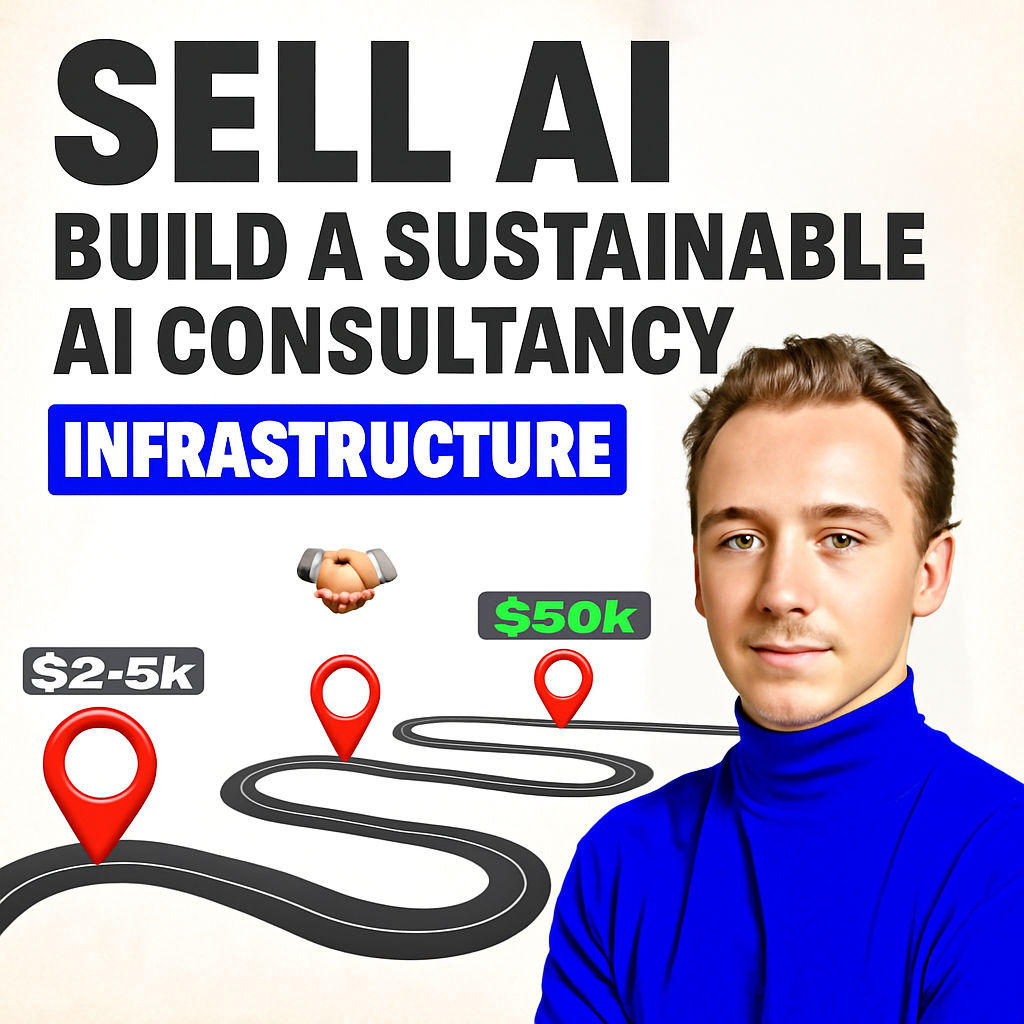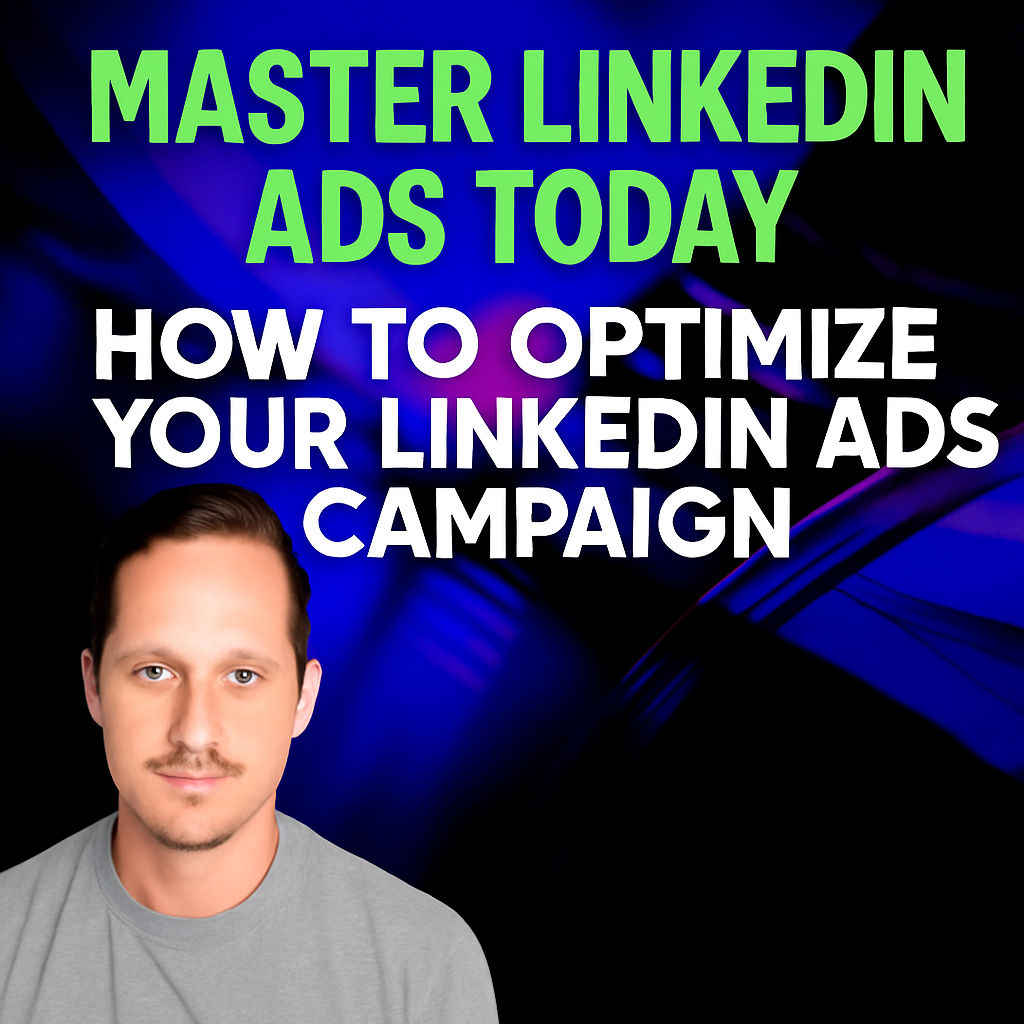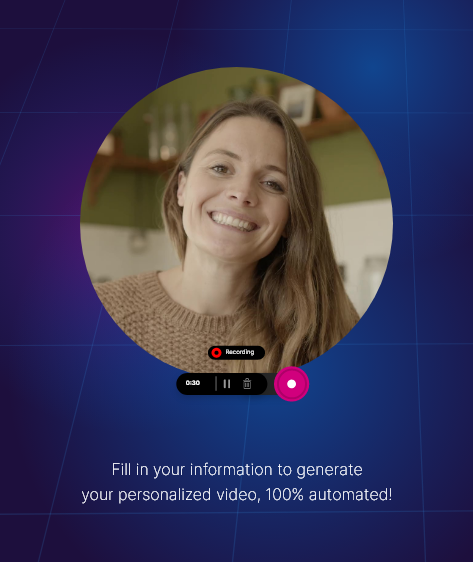Growing a highly profitable AI consulting business isn’t about chasing massive contracts from day one. It’s about mastering the art of incremental value, building trust, and understanding what your clients actually need. The journey from running cold email campaigns to architecting complete AI infrastructure is methodical—and the most successful AI consultants are those who focus on compounding client relationships rather than transactional sales.
In this guide, you’ll learn how to become an indispensable AI growth partner. We’ll break down every stage, from acquiring your first clients with irresistible offers, to building a systemized roadmap and delivering ongoing transformation. Whether you’re just starting or seeking to boost your recurring revenue, understanding the primary topic keyword—how to grow a sustainable AI consulting business—informs every step of the process.
Based on the original video:
Why Small AI Project Pilots Outperform Big Upfront Pitches
The AI consulting landscape is crowded with agencies racing to close $10,000+ projects right out of the gate. But this strategy often leads to repeated rejection—and burned bridges—because prospective clients perceive high risk in paying large sums to new partners. Instead, the real source of long-term profit lies in patience, value-driven relationships, and the compounding power of high-lifetime-value (LTV) client accounts.
Key lessons from the field:
- Start with trial offers between $1 and $5,000 to reduce friction and build initial trust.
- Deliver massive value in months 3–6 with pilot projects, then expand the scope organically.
- Over time, position yourself as indispensable—not just by building AI agents, but by providing ongoing strategy and business transformation.
This approach reflects a proven path: beginning with easily-accepted pilot deals, mastering client experience, and stepping up to retainer agreements once rapport and tangible results are established.
The Compounding Value of a Relationship-First AI Business Model
When pitching AI services, the “infrastructure” isn’t the real product—your strategic partnership is. While other consultants scramble to sell standalone systems, your differentiator lies in a clear, strategic roadmap that positions you as an ongoing growth partner. Your role evolves from implementer, to advisor, to fractional Chief AI Officer embedded in the client’s operations.
Consider the experience of agencies who build out this “value ladder” for each client:
- Entry Point: Low-cost trial project with clear, narrow deliverables.
- Trust & Expansion: Demonstrate results, deliver consultative insight, and deepen integration.
- Retention: Through monthly collaboration, design and deploy new AI systems based on evolving business needs.
- Indispensable Partner: Ultimately, handle strategy, training, and AI transformation as a trusted, ongoing advisor.
This journey forms the backbone of a high-LTV consulting practice—where recurring revenue, not high-risk big sales, drives your growth curve.
The AI Consulting Roadmap: From Cold Outreach to Embedded Advisor
Let’s break down the optimal 1–12 month roadmap for building sustainable, high-value client relationships in AI consulting:
Month 1–3: The Offer Creation & Outreach Phase
Your first priority isn’t implementing flashy AI workflows. It’s engineering compelling offers and prospecting relentlessly. Approximately 90% of early success hinges on generating irresistible value offers, crafting persuasive cold emails, and deploying robust outreach infrastructure to reach prospective clients at scale.
Steps to excel during this phase:
- Set up robust cold email infrastructure for consistent daily outreach.
- Master offer creation by identifying dream outcomes and distinct pain points in your target market.
- Write empathetic, high-value cold emails that lead with a free audit or tailored insight.
- Iterate and test offers until response rates climb—using frameworks from persuasion psychology, copywriting, and sales influence.
The bottleneck isn’t learning AI tools. It’s learning business fundamentals—how to present offers so compelling that prospects feel foolish saying no.

Month 3–6: Delivering Value & Becoming the Strategist
Once pilot projects are underway, your role shifts from “seller” to “strategist.” Conduct regular weekly calls, guide each client through onboarding and early results, and establish yourself as the architect of their transformation journey.
- Initiate AI audits to find high-ROI opportunities inside the client’s business.
- Present tailored solutions rather than generic toolkits; position the offer as a custom suite backed by a dedicated AI team.
- Document results and deliverables through dashboards and client communication systems.
- Proactively educate and address skepticism; highlight risk reduction through iterative, low-commitment pilots.
This period is crucial for building momentum. Even with early churn, you’ll develop valuable consulting and relationship management skills, accelerating your transition to higher-value engagements. For more on how pilot projects can win lasting AI consulting clients, see this in-depth breakdown.
Month 6 and Beyond: Embedded AI Infrastructure & Retainers
As trust deepens, begin implementing comprehensive AI infrastructure across the business. At this stage, you aren’t just building systems—you’re actively guiding the organization’s transformation to become AI-native, one process at a time.
- Map out a rolling 12-month transformation plan; tackle new business areas each month.
- Lead ongoing team training, onboarding, and support—embedding yourself as an extension of the client’s leadership team.
- Measure impact using clear, repeatable KPIs and continue surfacing new high-leverage opportunities.
- Renew or expand retainer agreements as satisfaction and ROI compound over time.

How to Systematize Your Sales and Client Experience for Success
Success in AI consulting depends not just on technical skill, but on repeatable systems for both sales and client delivery.
Your High-Conversion Sales Framework
- Research Prospects: Use AI prompts to identify high-potential markets, problems, and solution angles.
- Outreach with Value: Offer a free AI audit in your cold emails to start as a helpful strategist—not just another vendor.
- Discovery & Consulting: Use consultative calls to diagnose unique needs. Ask open questions: “What would solving this challenge unlock for you?”
- Pilot First, Then Proposal: Present a low-ticket trial, assure prospects you have an expert team, and send proposals quickly using automated proposal gen tools.
- Always Schedule the Next Call: Before any meeting ends, book the follow-up—dramatically increasing close rates.
After the sales cycle, shift focus to onboarding, transparent progress updates, and ongoing strategy meetings. This white-glove experience cements your value as a long-term partner—not a transactional vendor.
Crafting an Exceptional Client Experience
Your competitive advantage is the quality of your client relationships. Develop detailed SOPs (standard operating procedures) for onboarding, weekly progress updates, and success measurement. Here’s how:
- Send a friendly update email at least once a week.
- Hold onboarding sessions to get clients quick wins.
- Document all systems, workflows, and performance metrics transparently.
- Use “inversion thinking”—anticipate what a bad client experience would look like, and proactively prevent it.
- After each project phase, gather feedback and refine processes to ensure clients feel heard and valued.

Why Business Strategy Outweighs Technical Skill in AI Consulting
The rapid commoditization of AI tools means technical chops alone aren’t enough. In fact, platforms and marketplaces are flooded with $10–$15 per hour offers for basic workflow implementation. The real wins belong to those who understand business, not just technology.
To stand out, become a strategist—someone who crafts frameworks, roadmaps, and measurable transformation. As you scale, you can always hire technical implementation talent. Your main leverage is in business insight, process optimization, and offer construction.
Recommended resources for deepening your business acumen and strategic thinking:
- The Goal by Eliyahu Goldratt (on theory of constraints and operational excellence)
- Business research using AI tools like Claude or Perplexity for industry insights and case studies
- Comprehensive guides on offer creation and value ladders (e.g., “100 Million Leads”)
Building an Offer That Prospects Can’t Refuse
Everything begins with the offer. Use deep market research, AI-powered brainstorming, and prompt engineering to find the most pressing pain points within your chosen niche. Then, construct offers that solve those problems with speed, clarity, and high perceived value.
When crafting your offer, ask:
- What is the dream outcome for my ideal client?
- What do they fear about AI adoption, and how can I mitigate that risk?
- What guarantees or results will make saying “yes” easy?
- How can I bake in onboarding, training, and ongoing strategy so the client feels supported?
Combine frameworks, industry prompts, and market analysis for bulletproof positioning. Then, continue testing and tuning your offer based on feedback and results from pilots.
Rethinking Your AI Product: Outcome Over Implementation
The best AI consultants don’t sell AI agents or technical features—they sell outcomes, transformation, and peace of mind. Templates and code are now easy to access and replicate. What’s irreplaceable is the trust, context, and bespoke solutions you provide.
Your client isn’t buying the latest automation—they’re buying:
- Greater profit and efficiency, enabled by AI transformation
- Confidence that their team will adapt and thrive with new technology
- A strategic partner who understands their business constraints
- Ongoing support to identify and capitalize on new opportunities
As your relationships deepen, you’ll notice this pattern:
- Clients care less about the nuts and bolts, more about tangible results.
- Your roadmap becomes a multi-phase business transformation—not a project deliverable.
- Your revenue compounds as you become woven into the company’s growth story.
Scaling for the Long Term: Sustainable Growth and Profitability
The ultimate goal isn’t a one-time payday—it’s consistent, compounding income as a high-retention advisor. Here are key patterns for sustainable scaling:
- Automate and document your offer creation, outreach, and onboarding for repeatability.
- Iterate your “AI roadmap” based on feedback, results, and lessons from each client.
- Expand your team by hiring technical experts as needed, letting you focus on strategy and client success.
- Step into the role of fractional Chief AI Officer—making yourself integral to every client’s monthly growth, training, and transformation initiatives.
For more proven frameworks to accelerate your agency income, check out these actionable agency models that can help both new and established entrepreneurs build steady recurring revenue.
Conclusion: Commit to Value, Not Shortcuts
Building a sustainable AI consulting practice is a marathon, not a sprint. The consultants who succeed in 2025 and beyond will be those who:
- Prioritize client outcomes over tools and implementation
- Master offer creation, outreach, and trust-building as non-negotiable skills
- Deliver transformation through strategic planning, coaching, and partnership
- Iterate on high-quality processes—automation, onboarding, performance measurement—to scale results
- Refuse to compete on price; instead, provide measurable value and become irreplaceable
This is the pathway to compounding, high-margin, and deeply rewarding work as an AI consultant.
FAQ
How do I start landing AI consulting clients without prior experience?
Begin by mastering cold email outreach and offer creation. Focus on identifying pressing pain points and market gaps, then create trial offers that allow you to demonstrate value quickly with low client risk. Even a handful of successful pilots can build your credibility and lead to larger engagements.
Why do trial projects outperform trying to land big sales initially?
Trial projects remove friction for new clients and let you prove your strategic value without triggering concerns over high upfront costs or risk. This trust-building phase paves the way for expanded scope and long-term retainers.
What should be included in a world-class AI client onboarding experience?
Effective onboarding should involve a welcome call, clear next steps for quick wins, weekly progress updates, transparent dashboards, and active education for client teams. A great onboarding builds client confidence and adoption from the outset.
Is technical AI skill the most important factor for agency growth?
No—while technical skills help deliver value, the key to high earnings and retention is business strategy, offer design, client experience, and relationship management. Technical implementation can be outsourced as you grow.
How do I transition from small pilot projects to monthly retainers?
Consistently deliver results, communicate effectively, and proactively identify new areas for AI transformation. As trust grows, negotiate retainers focused on ongoing consulting, system builds, and monthly business impact.









